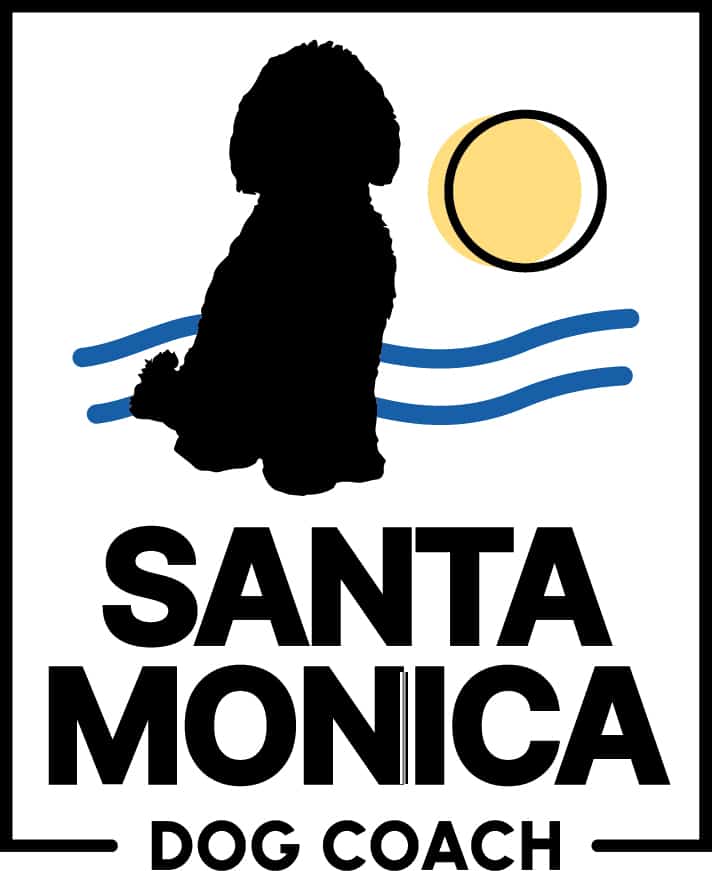Dogs don’t speak English, Spanish, Norwegian, or Urdu. Their primary language is physical, what we call “body language.” They learn what we want from them primarily by watching what we do, not by listening to what we say. We can condition them to respond to sounds (words) but without being shown how to “sit” or “down” the words themselves have no meaning.
In that context, leashes can be fantastic communication tools between humans and dogs, when we use them to teach dogs what we want. Without that instruction, leashes are tools of restraint. Dogs pull to get where they want to go because no one taught them how to walk without pulling, before pulling became a habit.
When we pull back on a leash to tell the dog to move back, or we use pulling to move a dog without their cooperation, we make it all but impossible for dogs to understand that we don’t want them to pull on the leash.
How do we change this? Before walking a puppy on leash spend time rewarding them for walking beside you. I recommend starting indoors to minimize distractions.
This can also work for adult dogs, especially those that are in a new home or walking with a new person. If you and your dog have a habit of walking with the leash tight between you, that behavior must be interrupted before there’s room for learning how to have a different conversation via the leash in your dog’s brain. Be patient. They’re worth it.
When we practice rewarding behaviors we want (dogs walking near us) until that happens consistently, it’s much easier for dogs to understand and succeed.
I’ve coached hundreds of human-dog teams how to walk on the leash. One thing I know for sure is that the vast majority of puppies and dogs are capable of walking with zero pressure on the leash, provided they’re given clear, consistent instruction and practice.
If you’d like to have a different leash conversation with your puppy or dog, reach out and tell me where you’re starting from and what your goals are.
©️2025, Dee Green SantaMonicaDogCoach.com
Dee Green has been a professional dog trainer and canine behavior consultant for more than 20 years. She specializes in building trust-based, cooperative relationships between guardians and puppies up to 18 months, and fearful, anxious, and reactive dogs of all ages.
